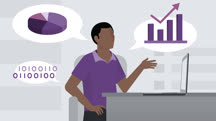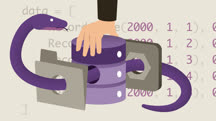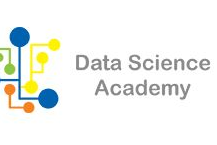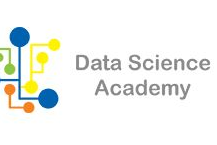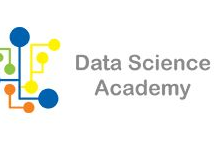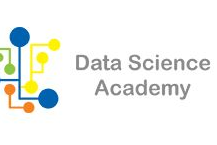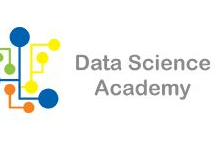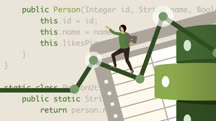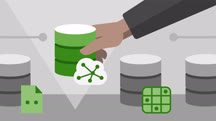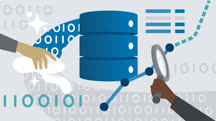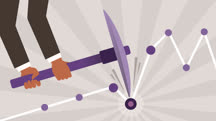Course catalog
Categories
Showing 2,441-2,460 of 9,135 items.
Data Driven: Harnessing Data and AI to Reinvent Customer Engagement (getAbstract Summary)
Learn how technology can support marketing in the digital era, in this audio-only summary of the popular book by Tom Chavez, Vivek Vaidya, and Chris O’Hara.
Data Ethics: Making Data-Driven Decisions
Learn how to design computer algorithms to be more ethical when making complex decisions.
Data Ethics: Managing Your Private Customer Data
Learn how to make informed, ethical decisions on how to use your customer data.
Data Ethics: Watching Out for Data Misuse (220504)
Technology has given organizations an opportunity to work with data in interesting new ways, but now governments, citizens, and customers are taking a close look at how companies use or misuse data. If one of your customers posts harmful information, should you take it down? Can you use data to manipulate your customer’s behavior? The answers to these questions have an enormous impact on how your customer views your organization. Yet, these decisions aren’t happening in the boardroom. Instead, they’re made in much smaller meetings by people just like you. Instructor Doug Rose gives you the understanding and skills you need to discuss these issues in a way that's both meaningful and productive. Doug begins with ethical views that you need to consider. He goes over ways data can be misused, by a company and by a customer. Then Doug goes over the responsibility to be accurate and what you can do when inaccurate materials are propagated. He concludes with an overview of data challenges. This course was created for LinkedIn Learning by Doug Rose. We are pleased to offer this training in our library.
Data Fluency: Exploring and Describing Data
Learn how anyone, in any industry, can speak the language of data analysis. Find out how to prepare data, explore it visually, and describe it using statistical methods.
Data for Good: Using Data Science in Nonprofits and NGOs (226080)
The revolution in data science has transformed, for better or worse, the way companies do business in the last few decades. But data science isn't just for capitalists. AI is one of the most important forces for change developed in the last century, and we've only begun to recognize its true power and potential. In Data for Good: Using Data Science in Nonprofits and NGOs, Martin Kemka examines how data science and machine learning can be used outside of the for-profit sector. He covers parameters for how data works to influence our world, how the data-for-good concept can be applied, how to determine the best problems to solve with data, and what tools are needed. Martin also provides real-world case studies and challenges to further illustrate the lessons.
Data Ingestion with Python
Learn how to use Python tools and techniques to solve one of the main challenges data scientists face: getting good data to train their algorithms.
Data Rights Foundations
Learn what rights you have to your own data—and what responsibilities businesses and institutions have to protect and respect those rights.
Data Science & Analytics Career Paths & Certifications: First Steps
Learn about the jobs and most valuable certifications available in big data, data analytics, and data science.
Data Science for Java Developers (225281)
Learning the basics of data science and how to apply them in Java opens up a world of possibilities for you, in terms of building software and job opportunities. In this course, instructor Shaun Wassell takes you through the skill sets required for data science, shows you how to visualize data in Java, and explores different methods of turning data into information. Shaun introduces some basic concepts and examples of data science, then walks you through the process of representing data in Java and some difficulties you may encounter. He discusses data manipulation techniques like mapping, filtering, collecting, and sorting. Shaun describes how to find, gather, clean, manipulate, and store data, so that you can start doing useful things with it. Next, he shows you the fun part: different methods you can use to turn data into information. Shaun covers Nearest-Neighbor, Bayes, linear regression, decision trees, clustering, and more.
Data Science Foundations: Choosing the Right Database
Discover how to select the right database for your data science project. Learn about the strengths and weaknesses of different database technologies and review specific use cases.
Data Science Foundations: Data Assessment for Predictive Modeling
Explore the data understanding phase of the CRISP-DM methodology for predictive modeling. Find out how to collect, describe, explore, and verify data.
Data Science Foundations: Data Engineering
Discover the basics of big data with a data science expert. Learn about how to perform core data engineering tasks including staging, profiling, cleansing, and migrating data.
Data Science Foundations: Data Mining
Get started in data mining. Discover data mining techniques such as data reduction, clustering association analysis, and more, with data mining tools like R and Python.




